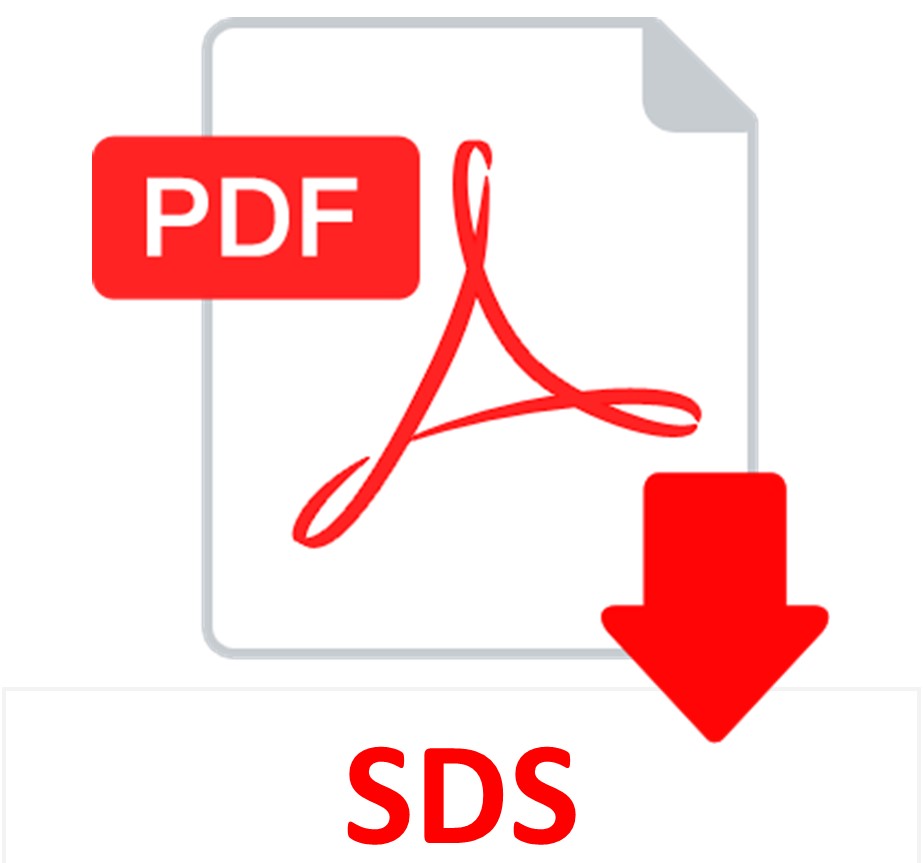Bouin Fluid
-
-
- Shelf Life is 2 years from date of manufacture.
-
SOLUTION:
| 1 Liter | 1 Gallon | 20 Liter Cube | |
| Bouin Fluid | Part 1020A | Part 1020B | Part 1020C |
For storage requirements and expiration date refer to individual bottle labels.
APPLICATION:
Newcomer Supply Bouin Fluid is a ready-to-use picric acid based fixative combined with acetic acid and formalin. Bouin Fluid penetrates rapidly, fixes evenly, provides crisp nuclear staining and preserves structures with soft and delicate features.
Bouin Fluid is recommended for a variety of specimens including bone marrow clots and biopsies, gastrointestinal tract biopsies, testicular biopsies and lymph nodes. It also serves as both fixative and mordant for tissues stained with trichrome procedures.
METHOD:
Fixation Recommendations:
-
- Bone Marrow Clot/Biopsy: Minimum of 4 hours up to 24 hours.
- Lymph Nodes: Up to 24 hours. Small nodes (5 mm or less) should be halved. Dissect larger nodes so that no piece is thicker than 2-3 mm.
- Small Biopsies: A minimum of 4 hours.
Solutions: All solutions are manufactured by Newcomer Supply, Inc.
FIXATION PROCEDURE:
-
- Place specimen directly in Bouin Fluid after excision.
-
- See Procedure Notes #1 and #2.
-
- Hold tissue specimens in Bouin Fluid until ready to process or a maximum of 72 hours.
-
- See Procedure Note #3.
-
- Rinse Bouin fixed tissue thoroughly in 70% ethyl alcohol (Part 10844) for 1 hour prior to processing.
- Place on tissue processor starting in Formalin 10%, Phosphate Buffered (Part 1090) fixation step.
- Blocked and sectioned tissues may retain excess picric acid. The yellow picric acid pigment will normally be removed from tissue sections in the deparaffinization process. If needed, additional methods of removing picric acid are:
-
- Wash deparaffinized tissue sections in running tap water or in 70% ethyl alcohol until yellow pigment is removed.
- Rinse deparaffinized tissue sections in 70% ethyl alcohol saturated with lithium carbonate until yellow pigment is removed.
-
- Post-fixation applications of Bouin Fluid include use as a mordant to intensify color reactions in trichrome staining procedures.
-
- Refer to individual trichrome stain protocols for additional information.
-
- Place specimen directly in Bouin Fluid after excision.
PROCEDURE NOTES:
-
- If initially received in Formalin 10%, Phosphate Buffered, rinse specimen thoroughly in tap water prior to placing in Bouin Fluid.
- Bouin Fluid should not be used for preservation of red blood cells or tissues for electron microscopy examination.
- Extended storage of tissue in Bouin Fluid is not recommended
-
- After a maximum fixation time of 72 hours, transfer Bouin fixed wet tissue to 70% ethyl alcohol or Formalin 10%, Phosphate Buffered for long-term storage purposes.
-
REFERENCES:
-
- Carson, Freida L., and Christa Hladik Cappellano. Histotechnology: A Self-instructional Text. 4th ed. Chicago: ASCP Press, 2015. 19-20.
- Dapson, Janet Crookham, and Richard Dapson. Hazardous Materials in the Histopathology Laboratory: Regulations, Risks, Handling, and Disposal. 4th ed. Battle Creek, MI: Anatech, 2005. 150, 265-266.
- Sheehan, Dezna C., and Barbara B. Hrapchak. Theory and Practice of Histotechnology. 2nd ed. St. Louis: Mosby, 1980. 43.
- Modifications developed by Newcomer Supply Laboratory.




